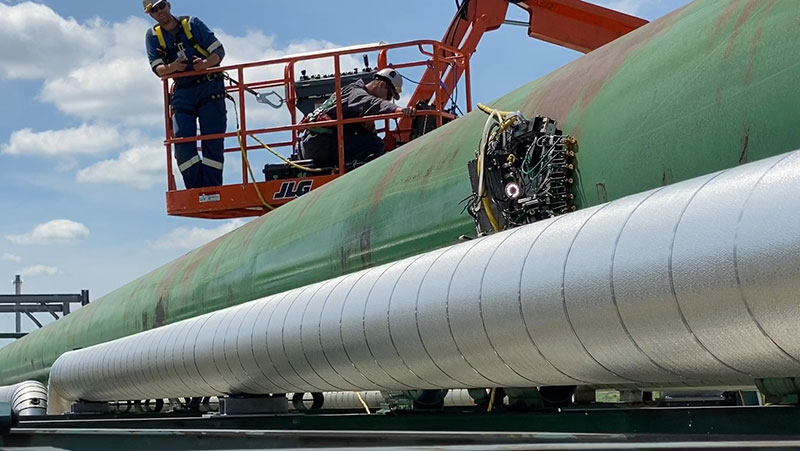October 2024, Vol. 251, No. 10
Government
Federal Court Rejects Four New Pipeline Safety Rules
By Stephen Barlas, Contributing Editor, Washington, D.C.
(P&GJ) — Not only has the D.C. Federal Court of Appeals upending FERC decisions, but it has also now injected itself into Pipeline and Hazardous Materials Safety Administration (PHMSA) decisions.
In mid-August, the court tossed out four pipeline safety standards that the PHMSA published in 2022. There were a number of new safety standards in that final rule and the Interstate Natural Gas Association of America challenged five in court, winning on four.
The four were the high-frequency-electric resistance welding (ERW) standard, the crack-MAOP standard, the dent-safety-factor standard, and the corrosive-constituent standard. The court vacated the four because of the PHMSA’s inadequate final cost-benefit analyses. In some cases, the agency tightened the standard from its form in the proposed rule but failed to redo its cost analysis on the final standard.
The final rule started its journey in 2011initiated by PHMSA in the wake of the tragic San Bruno, California, incident in September 2010 that took eight lives, injured more than 60 people, and damaged more than 100 homes. Some provisions of the 2022 final rule stay in place.
The PHMSA provided a statement which said it “is pleased that this important safety rule will largely remain intact.”
Ben Kochman, INGAA’s director of Pipeline Safety Policy, states, “INGAA is pleased with the outcome of this case. We look forward to working with PHMSA on continuing our efforts to improve pipeline safety, building upon the alternatives we proposed throughout the rulemaking process.”
One element of the final rule INGAA challenged required operators to immediately repair any crack or crack-like anomaly when its predicted failure pressure is less than 1.25-times the MAOP.
The earlier, 2016 proposed standard required operators to immediately repair any anomaly when the predicted failure pressure was less than or equal to 1.1-times the MAOP — in other words, when the pipe was expected to fail if faced with a gas pressure of 110% or less of the MAOP.
PHMSA failed to estimate the added costs to companies of the 125% threshold in the final rule, which meant repairing more cracks. As with to the other three standards, the court concluded the agency could not make “a reasoned determination that the benefits . . . justify [the] costs.”
Another of the other four standards vacated dealt with when to repair pipes with metal loss along longitudinal seams formed by low-frequency ERW. Even in 2011 the existing standard required immediate repair based on ASME/ANSI B31.8S. But that standard only references seams formed by low-frequency ERW.
The 2016 proposed rule said the same thing, so no upgrade in the standard. But by the time the final standard came out in 2022 it required immediate repair where there is metal loss along a seam created by either high-frequency or low-frequency ERW, if the pipe is expected to fail at a certain pressure.
The inclusion of high-frequency ERW was new and added potential costs, which PHMSA did not calculate. Again, the court said the record failed to demonstrate “a reasoned determination.”






Comments